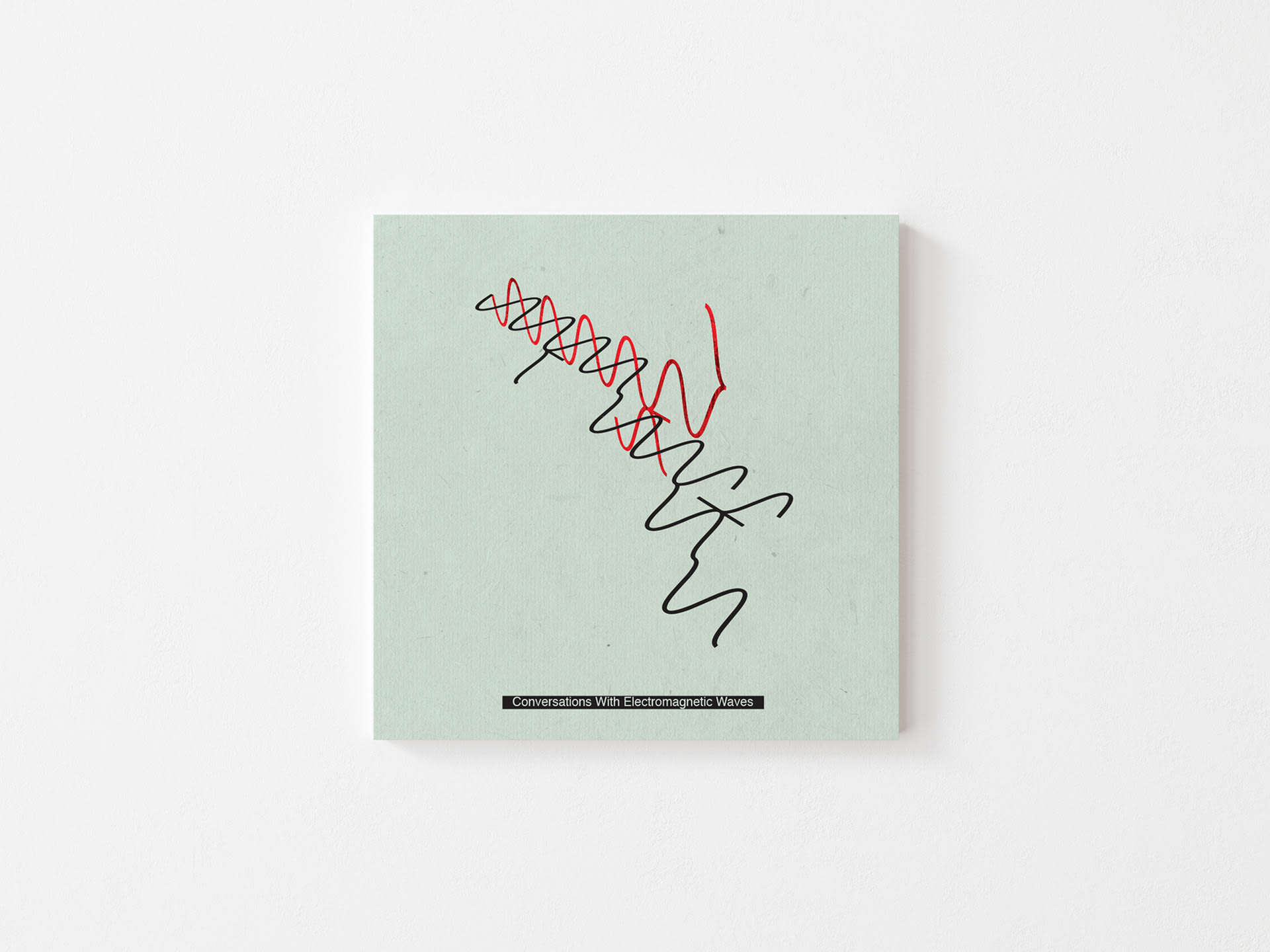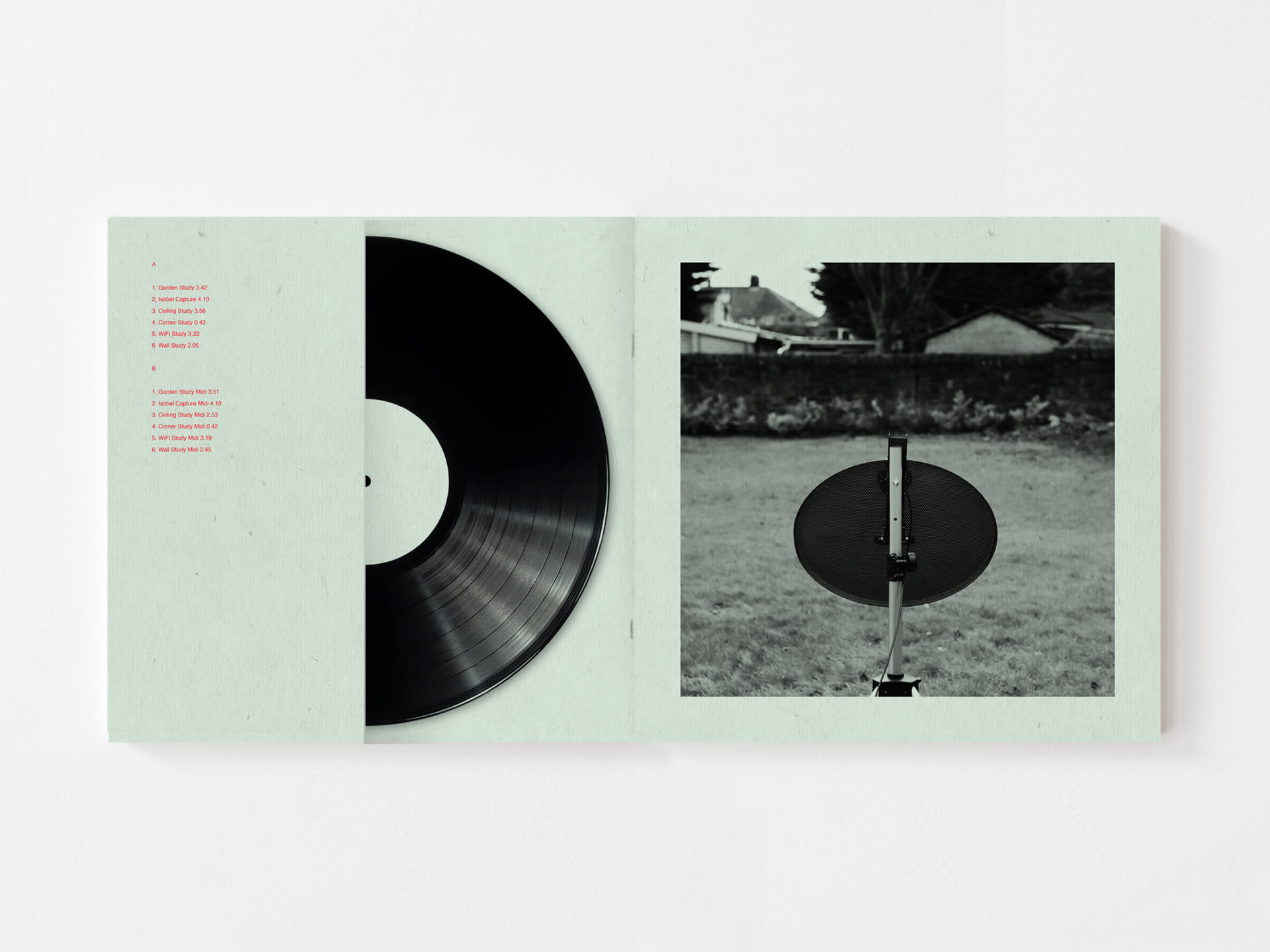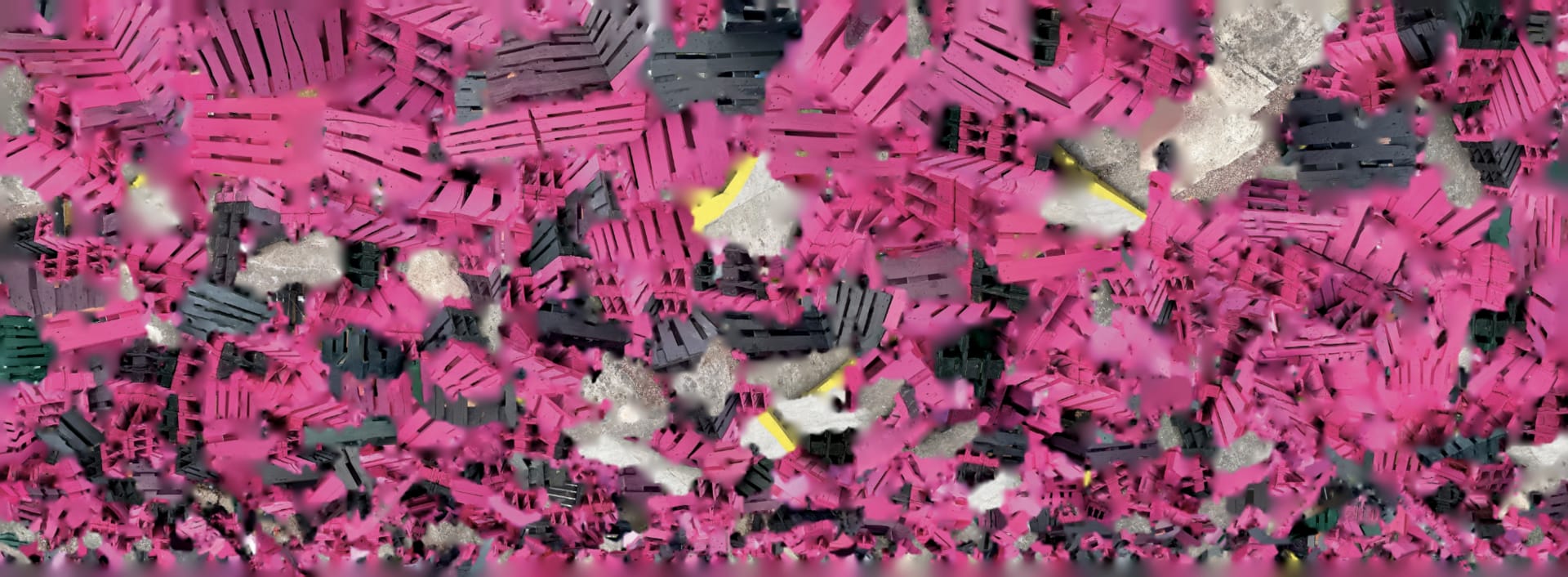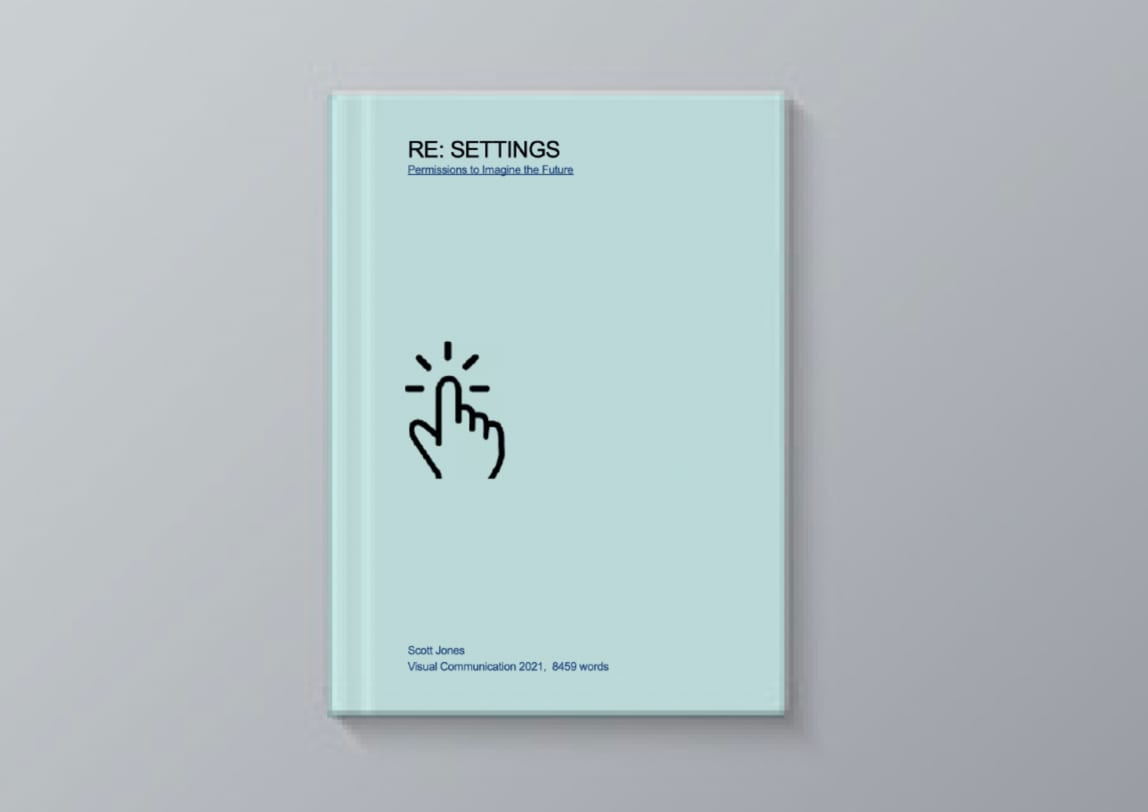Scott Jones is a creative practitioner based in the UK.
Working as a creative director across print, digital, social and film for over 20 years, Scott returned to academia to refine his theoretical rigour and design methodology. He is engaged in independent practice, producing and performing immersive projects as well as undertaking various commercial commissions and collaborations.
---
Recent Activity
Producer for AR content of Power project with Hilary Powel and Dan Edelstyn, June 2022. link
Co-designer for Fugitive Voices lecture series started by Eleni Ikoniadou, with Anya Landholt, Saba Mundlay, Rafa Zugliani, Andrea Sisó, Shannan Hu, Junyi Yan, Oct 2021 - Present.
Web design for ARC: Proxyerotics, RCA Creative Writing, 2021.
Experimental Realism, speculative spatial design project. link
---
Workshops
A Resonant Cave, May 2022, Futureyard, Birkenhead.
Muxed Messages: Hunting for Microsonics, March 2022, Royal College of Art.
Future Music Formats: January 2014, Victoria and Albert Museum.
DIY Single Sleeves: October 2013, Victoria and Albert Museum.
----
My commercial work has been published in Creative Review, Design Week and various books and journals.









